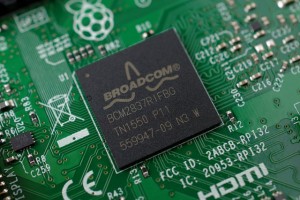Power, cost and space are the three main factors driving the design and operations from the smallest of server rooms to the giant football field sized data centers. Today’s modern server-centers continually hit power, space, and cost limitations and their ICT staff actively seek disruptive solutions at both the hardware and software levels to maximize computing throughput of systems within a given energy, monetary and/or volumetric budget. The explosive growth around the world of Raspberry Pi sized computers is starting to morph into the micro-server market. This has been in its embryonic stages the past 18 months, but with the recent 64-bit version of the Raspberry Pi coming to market at $35 USD, we are on the cusp of the micro-server revolution truly taking off. With the focus on optimized energy-to-solution, low cost, and space parameters, micro-servers will have a very rapid growth in the low end, entry level server marketplace. With a new generation of computer science students using Raspberry Pi for every type of computing project in and out of school, this will quickly bleed over into the commercial market when they hit the traditional IT job market. We are witnessing this now in a new hosting industry segment, which is based on Raspberry Pi’s. Mininodes.com out of Arizona is a recent entry and shows how a few enterprising computer science students can really be on the leading edge of this minimum power, cost, and space revolution, by hosting only Raspberry Pi-type boards in a computer data center environment. When it comes to minimal power, space, and cost, these micro-servers are on the horizon and the 64-bit ARM processor based boards are leading the way.

The Broadcom 1.2GHz quad-core ARM Cortex-A53 CPU on the Raspberry Pi 3 board
